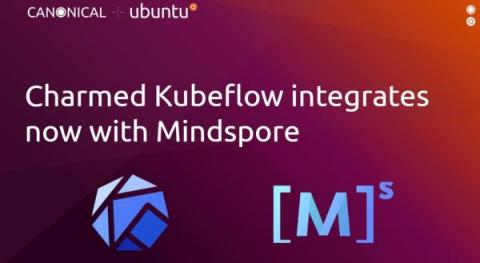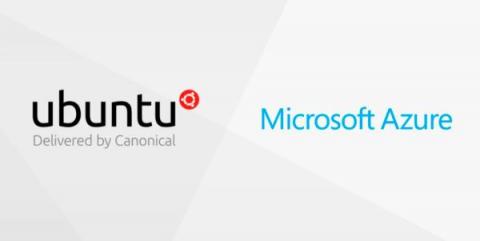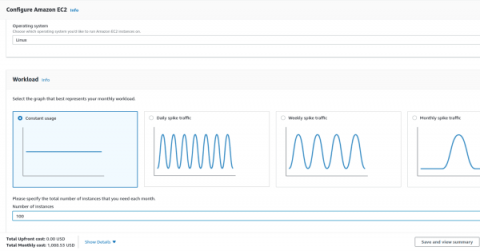Charmed Kubeflow now integrates with MindSpore
On 8 November 2022, at Open Source Experience Paris, Canonical announced that Charmed Kubeflow, Canonical’s enterprise-ready Kubeflow distribution, now integrates with MindSpore, a deep learning framework open-sourced by Huawei. Charmed Kubeflow is an end-to-end MLOps platform with optimised complex model training capabilities designed for use with Kubernetes.











